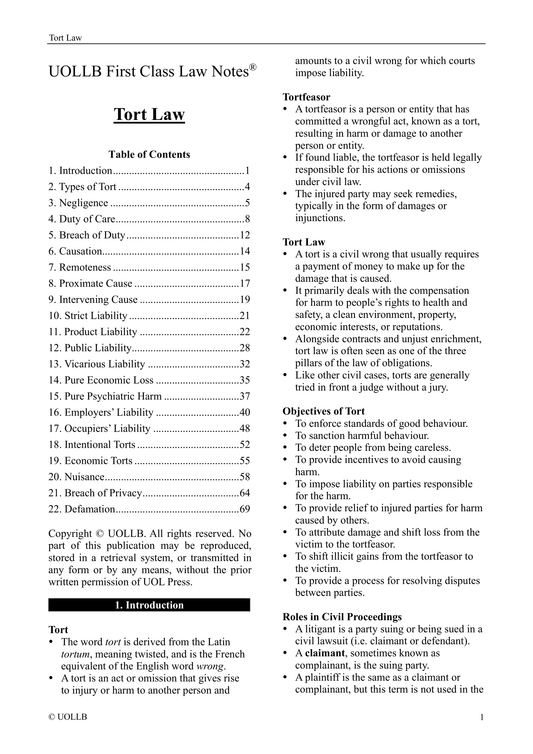Exclusionary Rule
Share
The exclusionary rule is a legal principle in the United States that prohibits the use of evidence obtained in violation of a person's constitutional rights from being admitted in a court of law. It is primarily based on the Fourth Amendment's protection against unreasonable searches and seizures.
The purpose of the exclusionary rule is to deter law enforcement officers from engaging in unconstitutional conduct, as well as to safeguard individuals' constitutional rights and maintain the integrity of the judicial process. By excluding unlawfully obtained evidence, the rule aims to prevent the government from benefiting from its own illegal actions.
Under the exclusionary rule, if evidence is obtained through an unconstitutional search or seizure, it is considered "tainted" and generally cannot be used against the defendant in a criminal trial. This applies not only to physical evidence but also to statements or confessions obtained in violation of a person's Miranda rights.
There are, however, exceptions to the exclusionary rule. One notable exception is the "good faith" exception, which allows for the admission of evidence if law enforcement officers reasonably believed their actions were lawful based on a warrant or other authorised authority, even if the warrant or authority is later found to be invalid.
The exclusionary rule is a powerful tool for safeguarding individuals' constitutional rights and ensuring the accountability of law enforcement. It serves as a check on government misconduct and helps to maintain public trust in the criminal justice system.




























































